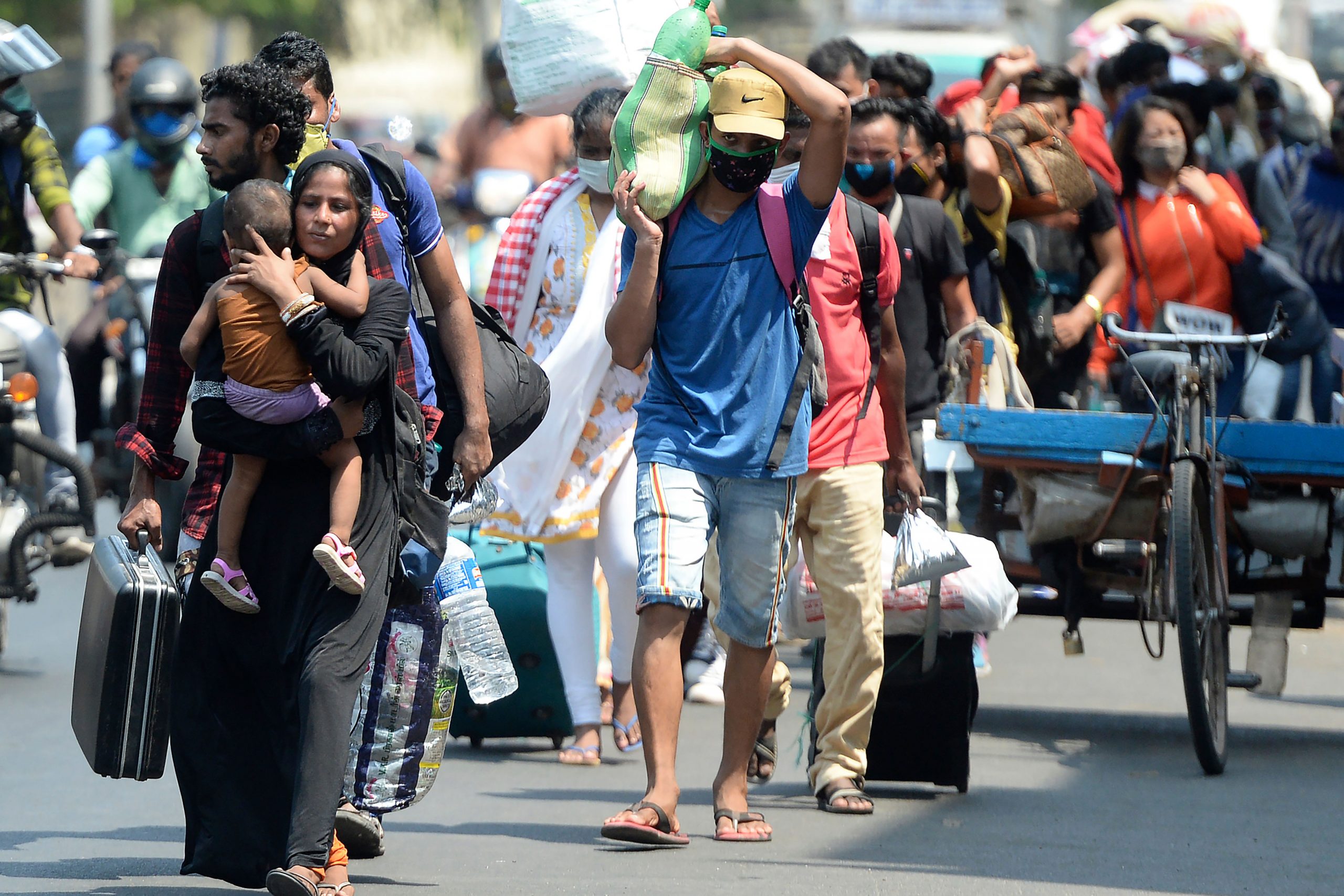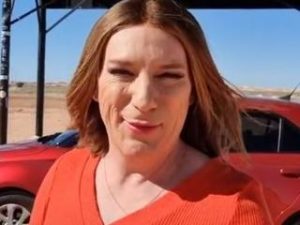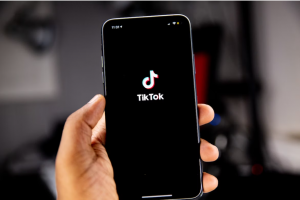The year 2020 hasn’t been just another year. The novel coronavirus, which emerged in the Chinese city of Wuhan late last year, took control over mankind and probably caused the most destruction this century.
India witnessed its first case on January 30 — a student at China’s Wuhan University, who had returned to Kerala. Soon, more cases were recorded. The government was quick at responding, imposing travel restrictions and ramping up screening at airports.
Life remained normal with India hosting the US President Donald Trump in February, as the virus took hold in several countries.
The World Health Organisation (WHO) that has been widely accused of being slow at responding to the contagion, declared coronavirus as a global pandemic on March 11.
Prime Minister Narendra Modi in his trademark style appeared on television in the evening on March 19 and announced a ‘Janata Curfew’ for March 22.
“Under ‘Janata Curfew’ no one will go out of their houses,” the PM declared.
He came back again on March 24, this time declaring a complete lockdown for 21 days. It was further extended till May 4.
This was probably the first time that India witnessed the plight of a large chunk of its population, who although work and live around us, but still remained somewhat invisible.
Having run out of resources and patience, millions of migrant workers began their journey back home, on foot, walking thousands of kilometres during India’s scorching summer.
Their plight made national and international headlines.
Despite the effort, several migrant workers and their family members lost their lives before reaching home. In one heart-wrenching incident, 16 workers who were asleep on a railway track in Maharashtra were run-over by a freight train. Media reported several deaths onboard ‘shramik’ trains.
But when the Centre was asked in the Parliament about the number of those who had died, it maintained no such data.
While the Centre had no answer to the workers’ plight, its Ministry of AYUSH had remedies to cure coronavirus, in homeopathy and Ayurveda. Sripad Naik, the Minister for AYUSH, even went on to claim that Britain’s Prince Charles used ayurvedic medicine to recover from COVID-19. The claim was promptly refuted by the British royal’s office.
In June, India’s Yoga and Ayurveda tycoon Baba Ramdev too launched an Ayurvedic medicine — Coronil, which he claimed showed 100% favourable results during clinical trials on the coronavirus patients. After the Ministry of AYUSH barred Patanjali to sell it, Ramdev said the company would sell it not as a COVID cure but as a product to manage the disease.
Although coronavirus cases and the death toll rose, the biggest controversy still was the death of actor Sushant Singh Rajput on June 14. The actor’s death by suicide and the mental issues he faced was soon replaced by the alleged drug syndicate present in Bollywood.
Rajput’s father registered a case against the actor’s girlfriend Rhea Chakraborty, accusing her of abetting his suicide. He accused Rhea of “poisoning” his son and demanded her arrest.
Not just her but her brother Showik was also arrested for drugs-related charges linked to the actor’s death. Focus soon shifted towards actors Deepika Padukone, Shradha Kapoor who were questioned by the Narcotics Control Board (NCB).
Actor Kangana Ranaut soon jumped in and alleged a drug ‘mafia’ was active in Bollywood. Other than her comments about Rajput’s death and nepotism in the Hindi film industry, her tweets against Maharashtra CM Uddhav Thackrey made the most headlines.
In a tweet that sparked a major row, the actor compared Mumbai to Pakistan-Occupied Kashmir. As her social media presence rose, so did the threat to her life, at least as believed by the Ministry of Home Affairs which accorded her Y-plus security, not given even to top Opposition figures.
Ranaut wasn’t the only one who got herself into trouble over tweets. Lawyer and activist Prashant Bhushan fired two tweets in June. In one he accused the Supreme Court, particularly the last four Chief Justices of India, of playing a role in the alleged destruction of India’s democracy.
In another, he shared a picture of CJI SA Bobde riding a Harley Davidson motorcycle. “CJI rides a 50 lakh motorcycle belonging to a BJP leader at Raj Bhavan, Nagpur, without a mask or helmet, at a time when he keeps the SC in Lockdown mode denying citizens their fundamental right to access Justice!” he tweeted.
The apex court promptly took suo motu cognisance of the two tweets and found Bhushan guilty of contempt of court. After its multiple attempts for an apology from Bhushan failed, it asked him to pay a fine of Re 1.
As the SC took tweets against it with all seriousness, social media giant Facebook allowed on its platform — hate speech against minorities. According to a Wall Street Journal (WSJ) report, Facebook took no action against a Bhartiya Janata Party (BJP) leader and three other “Hindu nationalist individuals and groups” who made inflammatory posts against the minorities. This was done to avoid damaging the social media platform’s business prospects in its biggest market, the report added.
Cricket commentator and former player Sunil Gavaskar too found himself in the middle of a controversy for his unsavoury remarks for Bollywood actor Anushka Sharma. “Aur jab lockdown tha to sirf Anushka ki bowling ki practice ki unhone,” (He has only faced Anushka’s bowling during the lockdown) Gavaskar said about cricketer Virat Kohli’s forgettable performance in an Indian Premier League (IPL) match.
“That, Mr Gavaskar, your message is distasteful is a fact but I would love for you to explain why you thought of making such a sweeping statement on a wife accusing her of her husband’s game?” Sharma said, hitting out at Gavaskar.
Congress leader Rahul Gandhi too became a figure of ridicule, but not for his comments, but because of what former US president Barack Obama wrote about Gandhi in his memoir ‘A Promised Land.’
Obama described Gandhi as having “a nervous, unformed quality about him, as if he were a student who’d done the coursework and was eager to impress the teacher but deep down lacked either the aptitude or the passion to master the subject.”
While Congress’ opponents were quick to react to that, the party scrambled to handle the situation.
The Gandhi scion wasn’t the only one who made headlines for the wrong reasons, President Donald Trump’s namesake son too sparked a row over his knowledge of Geography, when in the wake of the presidential election, he shared a rather disturbing map of the world.
The map showed all the countries, including water bodies and Antarctica, coloured red (depicting supporters of the Republican party), with the exception of the state of California, India, Mexico, Liberia, Cuba and China coloured blue – the hue of the Democratic party.
Although, India was coloured blue, the UT of Jammu and Kashmir and the north-eastern states were marked red. The borders of India were also inaccurately marked.
Apart from such controversies involving political heavyweights, a digital battle too caught everyone’s attention. This was the epic YouTube vs TikTok battle.
The row was sparked after TikToker Amir Siddiqui posted a video comparing the two mediums. While he hailed the unity among TikTokers, he accused YouTubers of plagiarising their content. He also called out YouTubers for terming their content as “cringy.”
Popular YouTuber Ajey Nagar, better known as CarryMinati, took offence to Siddiqui’s video and roasted him line-by-line. From Siddiqui’s use of hashtags to generate engagement to his grammar slip-ups, Nagar stopped at nothing. But many were quick to point out at Nagar’s homophobic jibes at Siddiqui.
More YouTubers and TikTokers jumped into the spat, after Nagar’s video was taken down by the platform. And only God knows if the spat had continued if the government hadn’t banned the Chinese app, not because of its content, but because of China’s aggression in its Western sector.







